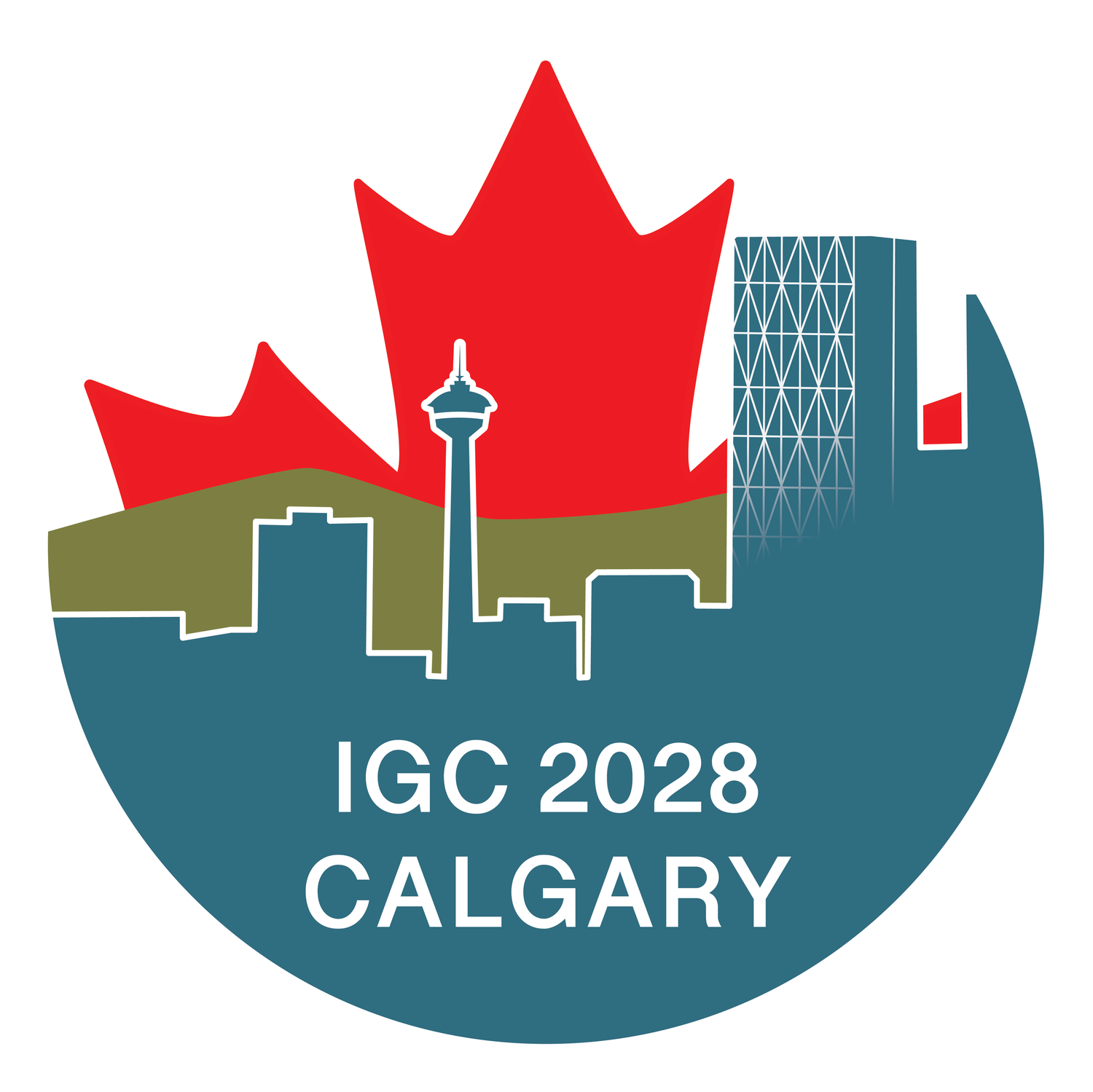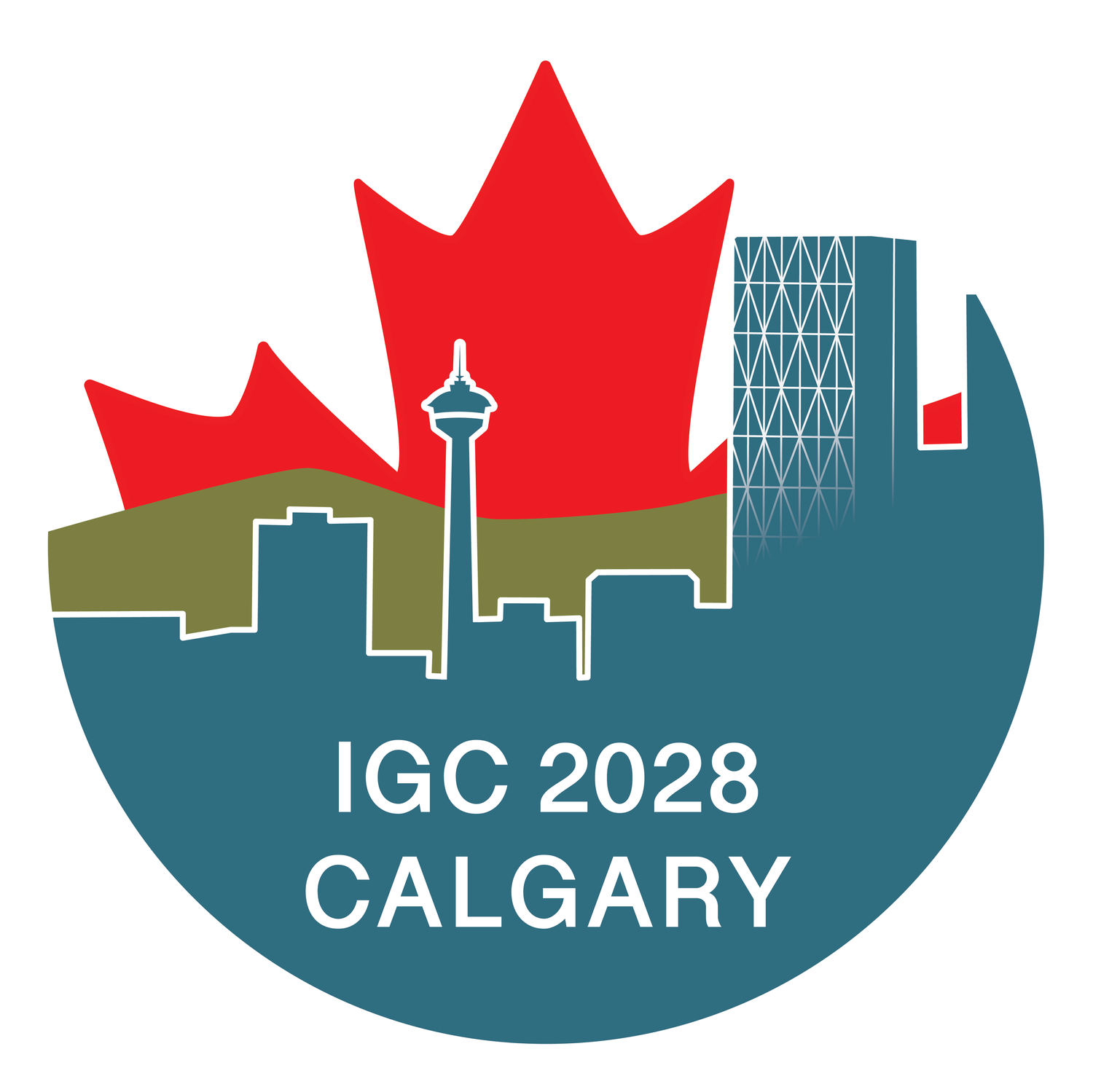The North American Arctic
The vast northern territories (Yukon, Northwest Territories, Nunavut) encompass over 40% of the Canadian landscape; while Alaska is more than twice the size of the next largest state in the United States. It has long been a priority of the geoscience community to conduct mapping and research in the Arctic; the result has been to resolve the incredibly long geological history and to uncover new mineral resources. These field trips will portray some of the more recent findings. Suggested excursions include Quaternary geology of parts of Baffin Island where the remnants of the last ice sheet complex still linger. Still farther north and west is the Sverdrup Basin that contains as yet untapped coal, oil and gas deposits; records of climate history that date back to the Eocene with fossil forest layers and a detailed structural history. Farther south several excursions will run out of Yellowknife, capital of the Northwest Territories. These will include visits to the diamond mines in the Lac de Grasse area to the gold mining region of Yellowknife and to the organising locality of the world’s oldest known rock (the Acasta Gneiss).
Quaternary Geology, Baffin Island
See where remnants of the last ice sheet complex still linger. Participants will fly from Ottawa to Iqaluit, the capital of Nunavut and an administrative center of 6,000 residents. From here transport is by light aircraft to Pangnirtung or Qikiqtarjuaq and from there by boat into Auyuittuq National Park. Auyuittuq has spectacular glacial landforms including the Penny Ice Cap, the highest peaks of the Canadian Shield, raised marine shorelines along coastal fjords, and Akshayuk Pass. The Pass is a travel route that has been used by the Inuit for thousands of years.
Duration: 6 days.
Image credit: L. Currie
The Geology of the Dempster Highway
This route runs over 900 km from Dawson City to Tuktoyaktuk on Canada’s Arctic coast. The Dempster Highway was completed in 1979 and crosses both the Ogilvie and Richardson Mountain ranges, contending with several river crossings en route. The Inuvik-Tutoyaktuk extension opened in 2018, so that it is now possible to reach the Arctic Ocean. There are spectacular views of the tundra, Mackenzie River and Delta and Arctic Ocean along this route. Come to experience the midnight sun and fall colours which start to emerge in August. Building on permafrost is a significant challenge, consequently the roadbed is raised in many places. Dawson and the Yukon owe their origin to the Klondike Gold Rush. A behind the scenes tour of the second largest archives in Canada is a fascinating experience in Dawson. A day hike into the Tombstone Mountains is spectacular (but challenging). The excursion will start in Whitehorse in the Yukon Territory and conclude at Tuktoyaktuk on the Arctic coast. Brave souls can swim in the Arctic Ocean.
Duration: 6 days.
Image credit: Larry Lane
Southern Alaska: Large and Great Earthquakes, Melting Glaciers, and Massive Volcanoes
This excursion would explore some of the spectacular geological features of southern and interior Alaska. The excursion will start in Anchorage and end in Fairbanks and will explore features like the ghost forest in the Girdwood marsh south of Anchorage, where the earthquake cycle of subsidence and uplift has left trees dead and houses partially submerged in the marsh, and where the low bluff at the marsh edge preserves sedimentary records of the M9.2 1964 earthquake and its predecessors. We will see additional earthquake-related features in the Anchorage area and visit receding glaciers by boat. Next, participants will head east to see the Wrangell Volcanic field, which includes Mt. Wrangell, a massive, glaciated active shield volcano. Then the excursion will head north to see the Denali fault, which ruptured in a M7.9 earthquake in 2002, and continue to Fairbanks, where a host of gold mining features and relics can be found, along with advanced satellite tracking and downlink stations and a permafrost research tunnel.
Duration: 5 days.
Image credit: J Freymueller
Aspects of Sverdrup Basin Geology
This area contains coal, oil and gas deposits, records of climate history that date back through the Quaternary to the Eocene with fossil forest layers and a detailed structural history. Travel to this area will be by commercial flights from either Montreal via Iqaluit or from Edmonton to Resolute Bay. From here light aircraft will provide transport to Eureka on Ellesmere Island and from here further travel will be by helicopter.
Duration: 7 days.
Image credit: Steve Grasby
Permafrost in Northern Canada
This field trip would travel through the nonglaciated Klondike area of central Yukon to look at the Beringian record of Pleistocene permafrost, including its appearance in the Pliocene. Exceptional palaeoecological information is provided by permafrost – including Quaternary vertebrate records, all constrained by dozens of well-dated tephra beds. The role of late Neogene climate in the development of the Klondike placer gold deposits would also be examined. The trip would then proceed north along the Dempster Highway looking at permafrost and Alpine glaciation through the Ogilvie Mountains, and travel through the Richardson Mountains to the limit of the Northwest Laurentide Ice Sheet and Mackenzie Delta, ending with Pingo National monument in Tuktoyaktuk, Northwest Territories on the Arctic Coast.
Duration: 6 days.
Image credit: K Boggs
The Diamond pipes of the Lac de Gras region, Northwest Territories
This excursion will be out of Yellowknife with visits to the diamond mines (Ekati and Diavik) in the Lac de Gras area. The first of the Lac de Gras’ 156 known kimberlite pipes was found by Chuck Fipke and Stewart Blusson and are now developed by several different companies. The pipes are Early Paleocene to Middle Eocene in age ranging from 62 to 45 million years old. Participants will fly from Yellowknife to and from the mine sites and will examine the geological setting of the diatremes and the mining operations.
Duration: 5 days.
Image credit: Diavik Diamond Mines
Skagway to Dawson City: In the Steps of the Klondike Gold Rush
This excursion would traverse the route of the Klondike gold rush of 1897 and 1898 when miners, arriving from Seattle Washington, travelled to Whitehorse then on to the placer gold deposits near Dawson City. The excursion will start and end at Whitehorse with participants examining the geology and enjoying the scenery along the route. An in behind the scenes tour of the second largest archives in Canada is fascinating in Dawson City.
Duration: 6 days.
Image credit: K Boggs
Yellowknife Greenstone Belt Northwest Territories
A second excursion run from Yellowknife will examine aspects of this Archean greenstone belt in the southern Slave craton. The region has exposed mafic basalts and andesites with granodiorite batholith intrusions to the east. The area was, until recently, a large gold producer from the Con and Giant Gold mines based in Yellowknife and the excursion will examine the mining setting. Participants will also visit the locality of the world’s oldest known whole rock (the 4.03-billion-year-old Acasta Gneiss).
Duration: 5 days.
Image credit: D Newman/ Pinterest
Mammoths, Permafrost and Glaciation in the Western Arctic
Starting in Whitehorse, this trip goes through the Klondike gold fields of central Yukon, and north along the Dempster Highway to the Mackenzie delta and Inuvik. The route crosses multiple drift surfaces related to late Pleistocene, middle Pleistocene and late Pliocene glaciations in central Yukon, including the soil-stratigraphic and tephrochronologic record of these areas.
Duration 6 days.
Image credit: K Boggs










